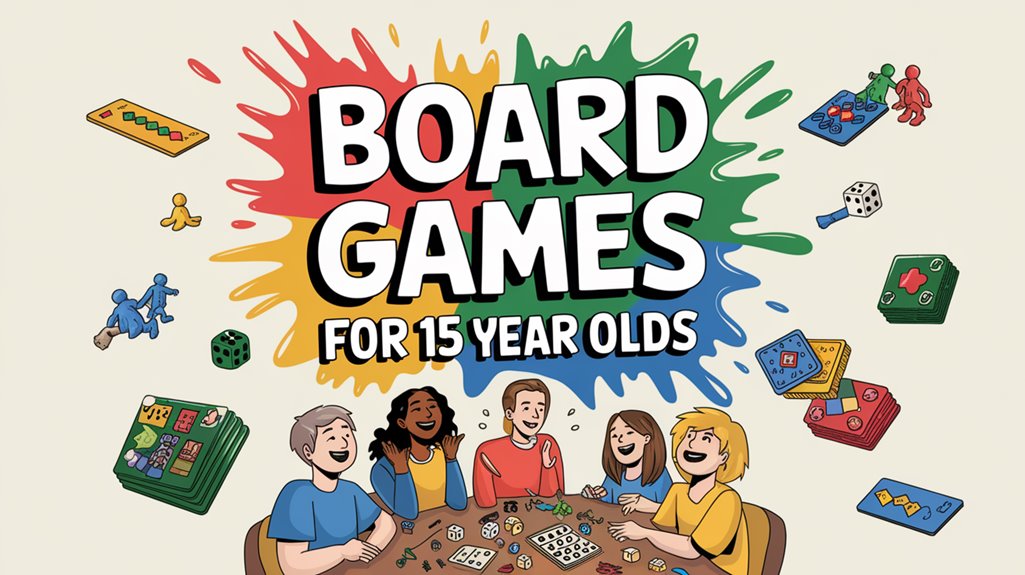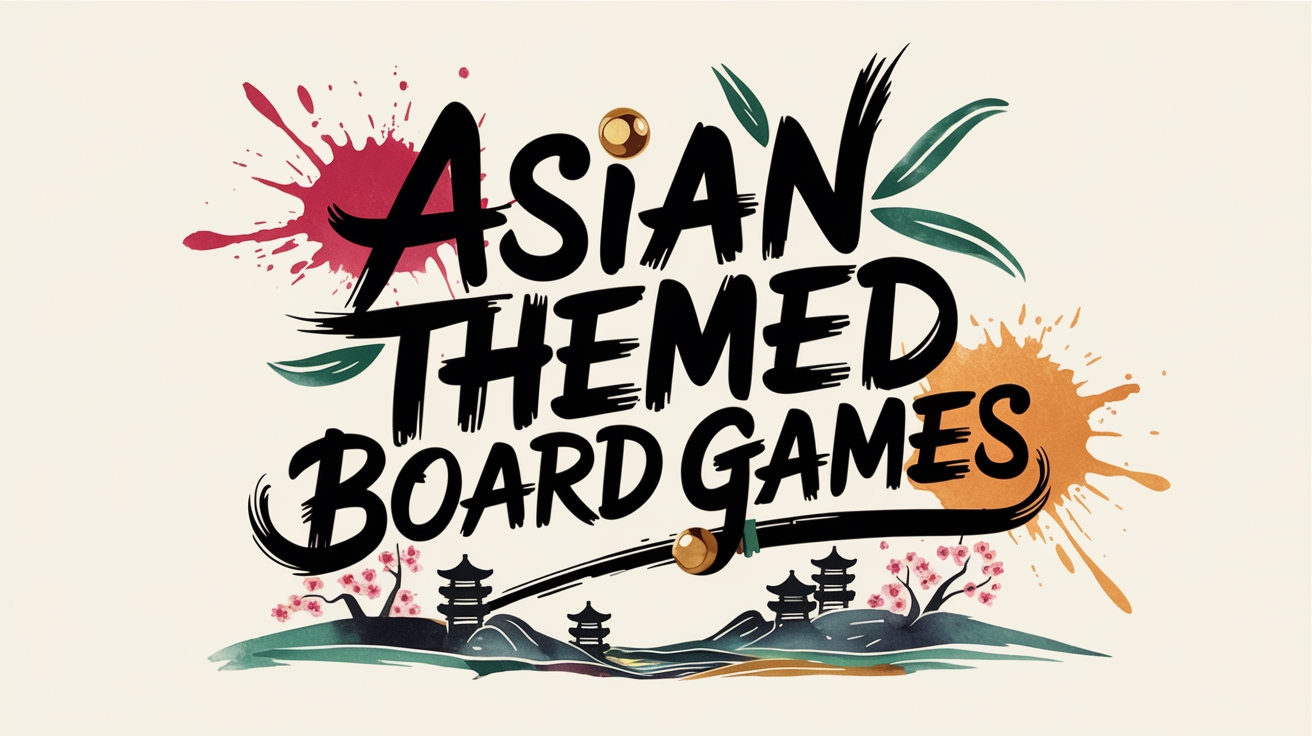For fans of the Sequence board game, exploring alternatives that mix strategy with chance can be both enjoyable and insightful. Games like Targi and Schotten Totten present unique mechanics that encourage players to think critically while enjoying competitive play. These titles not only demand tactical skill but also introduce distinct themes and formats that may attract those seeking variety. As we examine these options, it’s valuable to consider how each game enhances the player experience and the strategic depth they offer, leading to interesting insights about gameplay dynamics.
Similar Board Games to Sequence
Cascadia (2021)
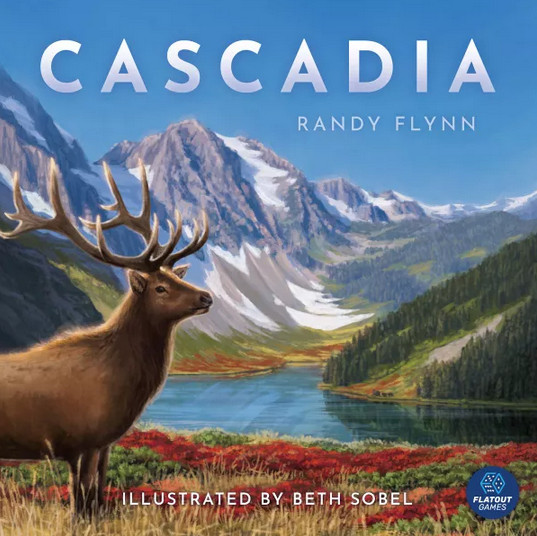
Cascadia (2021) invites 1 to 4 players to explore the diverse ecosystems of the Pacific Northwest through a strategic tile-laying and token-drafting experience. With a unique blend of habitat building and wildlife placement, players aim to create optimal environments while meeting specific scoring goals.
Starting with three hexagonal habitat tiles representing five ecosystem types, players select a new habitat tile and a wildlife token each turn to expand their terrain. The objective is to reduce habitat fragmentation and establish wildlife corridors that enhance scoring potential. Points are awarded for the largest contiguous area of each habitat type, with bonuses for outperforming opponents.
Wildlife tokens add strategic depth, as players must adhere to specific placement rules to maximize their scoring potential. Some animals prefer solitude or varied company, necessitating careful placement decisions. The random nature of scoring conditions introduces unpredictability, ensuring that each game presents new challenges. Cascadia combines aesthetics with engaging mechanics, making it an appealing choice for fans of strategic board games.
Splendor (2014)
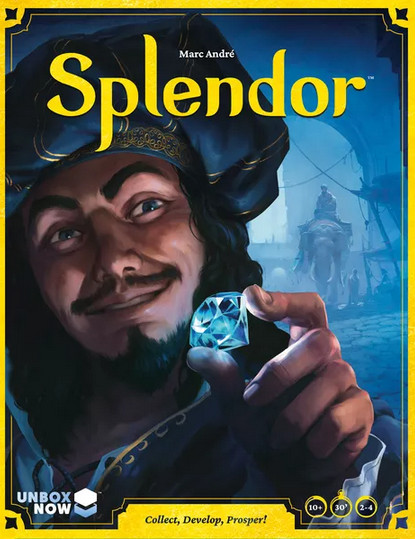
Set in the lively Renaissance period, Splendor (2014) is a strategic board game for 2 to 4 players, where competitors seek prestige points through chip-collecting and card development. Players take on the role of merchants, aiming to gain gem mines, means of transportation, and shops to enhance their wealth and status.
Each turn, players can choose from three main actions:
- Collect Chips: Take either three different types of gem chips or two chips of the same kind to facilitate purchases.
- Buy and Build a Card: Acquire cards by paying the required number of chips, which provide permanent gem bonuses and prestige points.
- Reserve a Card: Secure a card for future purchase while receiving a joker chip to use as any gem, although this costs the player’s turn.
To win, players must strategically accumulate 15 prestige points before their opponents, ensuring that every decision enhances their chances of success in this engaging Renaissance-themed game.
Targi (2012)
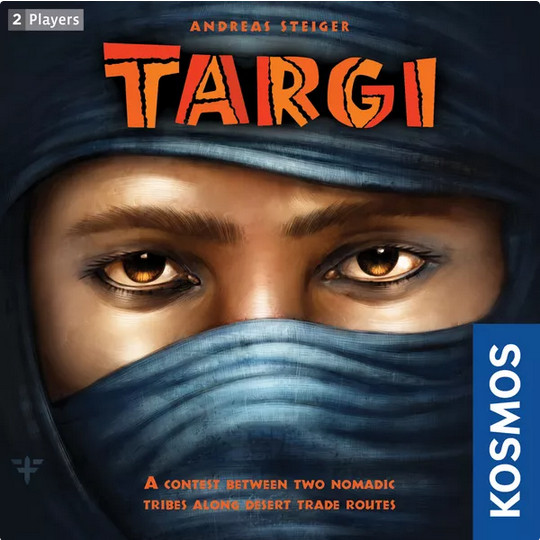
Targi is a two-player strategic board game that immerses participants in the culture of the Tuareg people, where players take on the roles of tribe leaders engaged in trade. Players navigate a 5×5 grid to strategically place their meeples, obtaining valuable goods and tribal cards to enhance their family and score victory points. The game unfolds over several rounds, with each turn presenting new opportunities for trade.
The board features a mix of action symbols and blank spaces, guiding strategic placement. The goal is to collect tribal cards, which provide advantages throughout the game and contribute to the final score. Each card’s cost in goods adds an additional layer of strategy.
| Action | Goods Obtained | Victory Points |
|---|---|---|
| Trade Dates | Dates | 1 VP |
| Trade Salt | Salt | 2 VP |
| Trade Pepper | Pepper | 3 VP |
| Complete Row | – | Up to 4 VP |
The player with the most victory points, earned through careful planning and resource management, is declared the winner. Targi offers a rich and engaging experience that rewards strategic thinking.
- Worker placement game for 2 players
- 7. 6 Board Game Geek Rating | Top 100 Ranking
- Solo Variant
- Skill Level: Intermediate
Patchwork (2014)
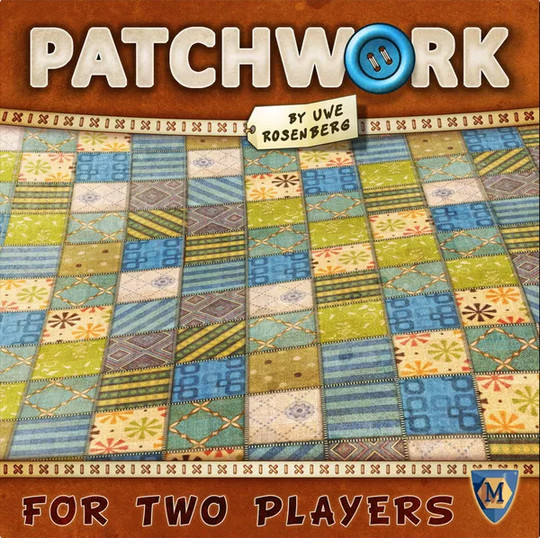
Patchwork is an engaging two-player game where participants create intricate and high-scoring patchwork quilts on their individual 9×9 boards. Players start with five buttons, the game’s currency, and select patches from a circular arrangement to construct their quilts while aiming to strategically cover their boards and maximize points through efficient placement and timing.
Key aspects of Patchwork include:
- Turn Mechanics: Players can either purchase a patch by paying the required buttons or pass their turn, moving their time token to gain buttons based on the distance moved.
- Time Track: The game features a dynamic time track that influences turn order and scoring opportunities, such as button income and bonus patches.
- Scoring System: Points are earned for buttons held at the end of the game, with penalties for unfilled squares on the board, adding a layer of strategy to placement decisions.
- Bonus Tiles: Completing a 7×7 square grants a significant bonus, encouraging players to focus on efficient quilt design.
Schotten Totten (1999)
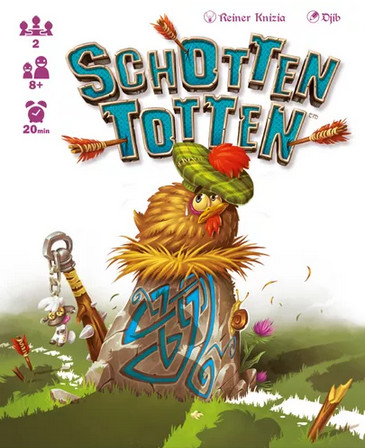
Schotten Totten (1999) is a captivating two-player card game that combines strategy and deduction. Players strive to create poker-like formations of three cards in front of nine boundary stones separating them from their opponent. The challenge lies not only in building these formations but also in anticipating the opponent’s moves.
A distinctive feature of Schotten Totten is the ability to claim a stone before all cards are played. If you can prove that your opponent cannot win the stone, it becomes yours, introducing an element of psychological strategy. Victory is achieved by claiming five stones or three adjacent stones, making each choice significant.
In 2000, GMT Games released a rethemed version called Battle Line, which added tactical cards that altered gameplay. The 2004 edition of Schotten Totten incorporated these enhancements, keeping this classic game fresh and enjoyable for players aged 8 and up, with a playtime of about 20 minutes.
Lost Cities (1999)
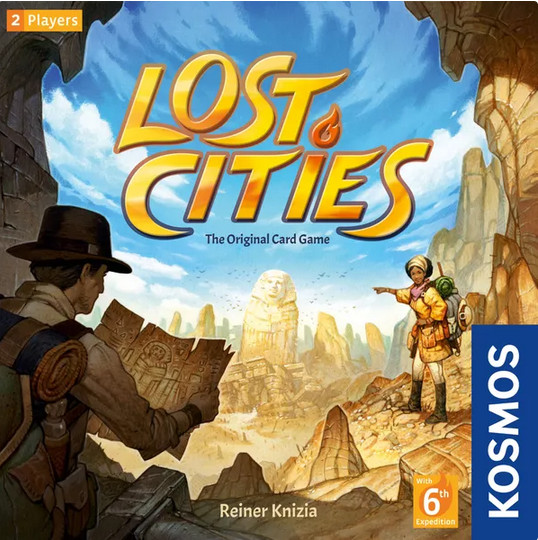
Lost Cities (1999) is a strategic two-player card game centered on archaeological expeditions to uncover hidden treasures. Designed for ages 10 and up, it offers approximately 30 minutes of engaging gameplay for quick sessions.
Players utilize a unique deck of cards ranked 2 to 10 in five colors, along with special “handshakes” that serve as multipliers for expedition scoring. The goal is to accumulate points by managing cards in ascending order while weighing the risks of investing in various expeditions.
Key aspects of Lost Cities include:
- Dual Player Dynamics: Compete to build the most profitable expeditions in a strategic race.
- Scoring Mechanism: Expeditions begin at -20 points, making strategic play essential to achieving a positive score.
- Handshakes as Multipliers: Use handshakes effectively to enhance expedition values, as they significantly impact final scores.
- Three-Match Structure: Each game consists of three matches, providing depth and replayability as players refine their strategies.
Lost Cities is an excellent choice for fans of tactical card games.





